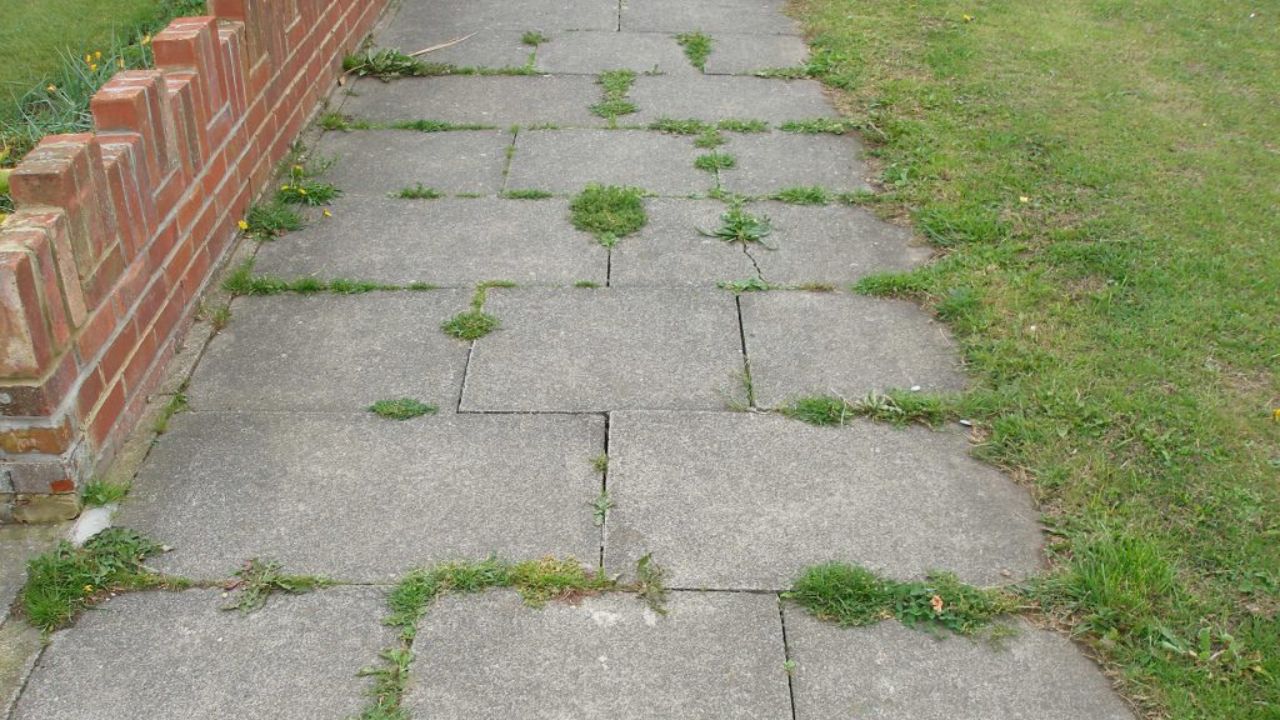In a disheartening turn of events, the serene landscape surrounding a local cycleway was disrupted as a recently harvested sugar beet crop found itself unceremoniously dumped along the scenic path. What was once a picturesque route for cyclists and pedestrians has now transformed into a puzzling scene of agricultural aftermath, raising questions about responsible waste disposal and the impact on community spaces.
The cycleway, nestled amid the rolling hills and verdant fields, has long been a favorite among locals seeking a peaceful escape from the hustle and bustle of urban life. Lined with vibrant wildflowers and shaded by ancient trees, it offered a perfect blend of natural beauty and recreational opportunity. However, the recent dumping of discarded sugar beet remnants has marred this idyllic setting, leaving both residents and authorities grappling with the implications.
The sugar beet crop, a staple of the region’s agricultural landscape, undergoes an intensive harvesting process to extract its sweet juices. Typically, farmers adhere to responsible waste management practices, recycling byproducts or utilizing them for animal feed. However, in this unfortunate incident, a sizable quantity of discarded beet remnants was carelessly left along the cycleway, creating an eyesore and posing potential environmental hazards.
Local authorities were quick to respond, initiating an investigation to determine the responsible parties behind the dumping incident. Preliminary findings suggest that the act might be a result of a few rogue individuals or perhaps a misguided attempt to dispose of the byproducts without considering the repercussions on the community and the environment.
The repercussions, however, extend beyond the aesthetic degradation of the cycleway. Environmental concerns have been raised regarding the impact of the dumped sugar beet remnants on the local ecosystem. As rainwater washes through the dumped material, the runoff may carry agricultural chemicals and fertilizers into nearby water sources, posing a threat to aquatic life and potentially contaminating the soil. The cycleway, once a symbol of harmony between nature and recreation, now faces an ecological imbalance that demands urgent attention.
Community members have expressed their disappointment and concern over the incident, emphasizing the need for stricter waste disposal regulations and heightened awareness regarding the environmental consequences of such actions. Many argue that this unfortunate event serves as a wake-up call for the community to reevaluate its relationship with the agricultural practices that sustain it.
Efforts are underway to remedy the situation, with local volunteers organizing cleanup initiatives to restore the cycleway to its former glory. Additionally, community leaders are engaging in dialogue with local farmers and agricultural organizations to promote responsible waste management practices and prevent future incidents of this nature.
As the cycleway seeks to recover from the impact of the dumped sugar beet crop, it serves as a poignant reminder of the delicate balance between agricultural progress and environmental preservation. The incident underscores the importance of fostering a sense of responsibility among all stakeholders, from farmers to community members, to ensure that cherished communal spaces remain untarnished by the consequences of hasty and thoughtless actions. Ultimately, the hope is that lessons learned from this incident will propel the community toward a more sustainable and harmonious future, where the cycleway once again becomes a haven for all to enjoy.



